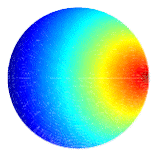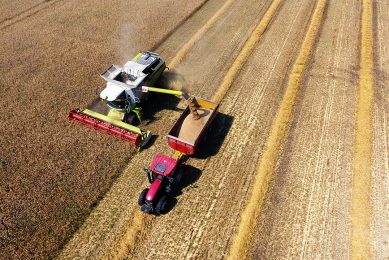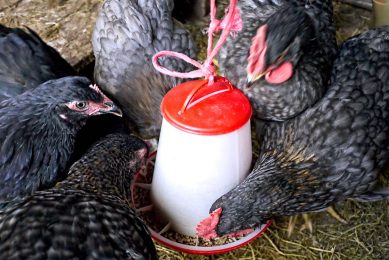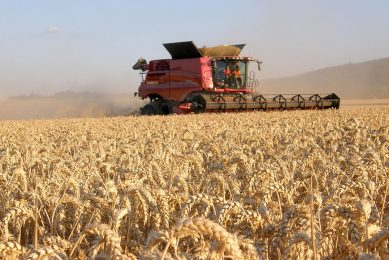NIR can detect MBM in fish meal

Researchers of the College of Engineering of the China Agricultural University in Beijing have calibrated NIRS parameters to detect meat and bone meal contaminations in fish meal.
The use of animal protein feeds such as meat meal or meat and bone meal
(MMBM) play an important role in the feed manufacturing industry, but their safe
and healthy use in animal feeds is of public concern in order to prevent the
spread of bovine spongiform encephalopathy (BSE).
The objective of the
present work was to develop a technique using near infrared reflectance
spectroscopy (NIRS) that would be suitable for detecting and quantifying
contaminating levels of MMBM in fishmeal.
How it
works
The researchers developed an analysis, using visible and NIRS,
with a calibration set of 186 samples including 90 samples of pure fishmeal and
96 samples adulterated with MMBM at levels ranging from 10 to 320 g/kg. An
external validation set, comprised of 39 pure samples and 54 adulterated
samples, was used to validate the calibration model. A PLS discriminant analysis
model and a MPLS quantitative model successfully detected fishmeal adulterated
with MMBM. External validation indicated that all samples were discriminated
correctly.
The calibration and validation results confirm that NIRS
could provide the feed industry and inspection bodies with a rapid,
non-destructive and non-invasive technique for the detection and quantification
of MMBM in fishmeal.
Abstract: Detecting and quantifying meat meal or meat and bone meal
contamination in fishmeal by visible and near infrared reflectance
spectra, Zengling Yang, Lujia Han, Xian Liu, and Qiongfei
Li – College of Engineering, China Agricultural University, Beijing 100083,
China.
Keep updated on the feed industry, subscribe here to our free newsletter











